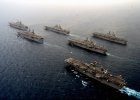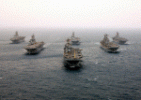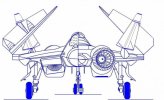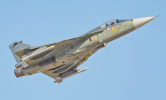There's nothing more to compare with. No real threats for carriers since then, except for Soviet anticarrier doctrine which was rather fanfic for Soviet top brass totally unexperienced in naval matter than something real. Yet let me remind that there were just seven carriers in WWII battles sunk by air solely, six of them Japanese: IJNSs Shoho, Ruyijo, Hiyo, Zuikaku (the only fleet carrier among them) Chitose and Zuiho, and British HMS Hermes. All the others disabled by air attacks were sunk by torpedoes of surface ships or submarines, those are: USS Lexington, IJNS Akagi, IJNS Kaga, IJNS Hiryu, IJNS Soryu, USS Yorktown, USS Hornet, USS Princeton, and IJNS Chiyoda, not counting USN CVEs since not a single of them was lost as a result of conventional air attack. Of total 16 fleet or light fleet carriers were gravely hit by air, all except for CVL-23 Princeton - by carrier air. In the meantime, Axis and Allies submarines have sank: HMSs Courageous, Eagle, Ark Royal, USS Wasp, IJNSs Shokaku, Taiho, Unryu, Shinano, i.e. 8 fleet and light fleet ones and this time it is fair to include CVEs since in some cases it was "hunting on the hunters": 4 Japanese, 2 American and 2 British "jeeps" were sank by diesel-electric submarines. Of total the same 16, all of them without any help from the air.
So historically it is sub that is the main carrier enemy. Soviet anticarrier doctrine in its childhood rejected those numbers in favor of betting on land-based air and surface-launching sea skimmers but in adult years got submerged, eventually.
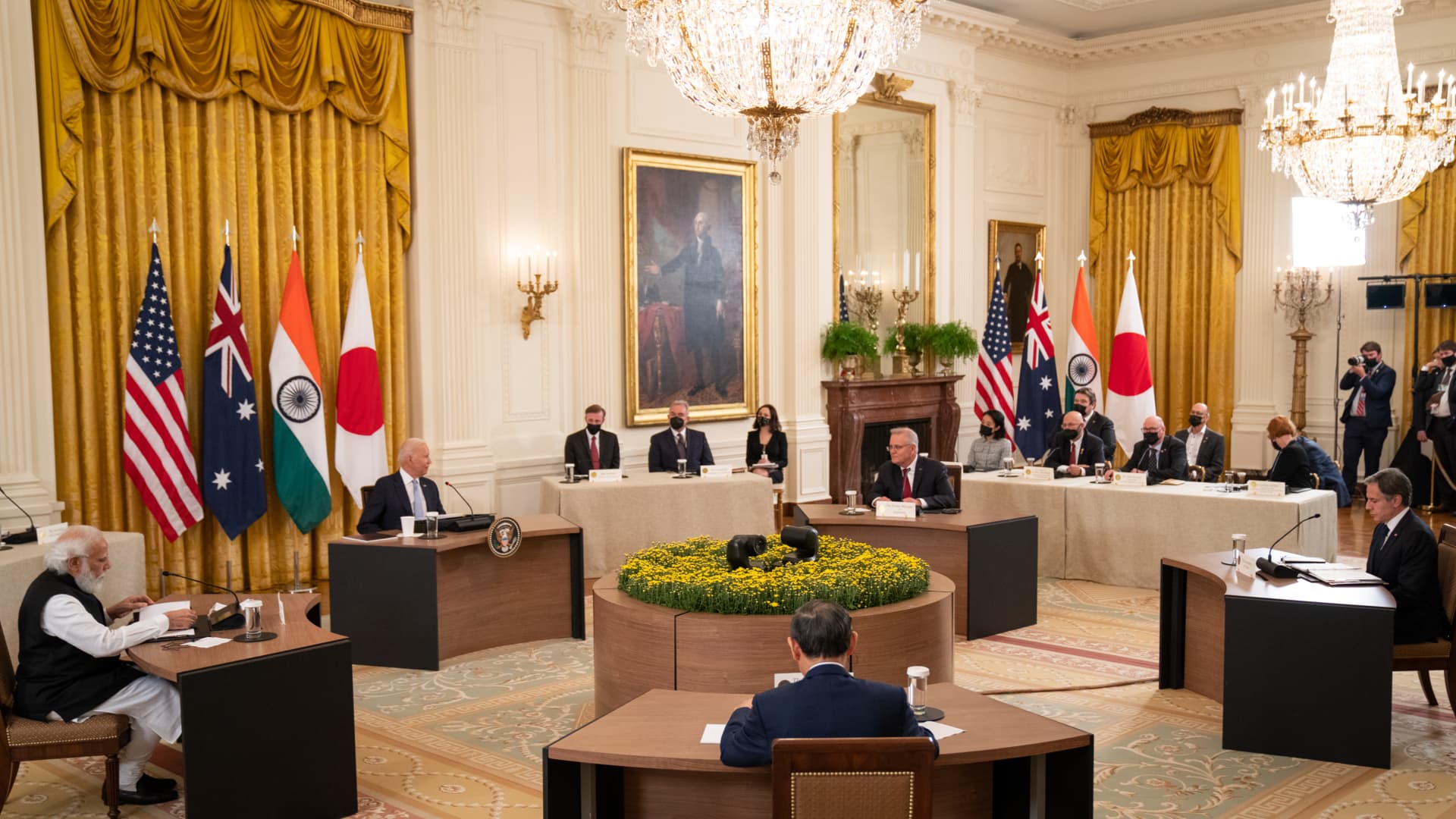
 www.cnbc.com
www.cnbc.com


